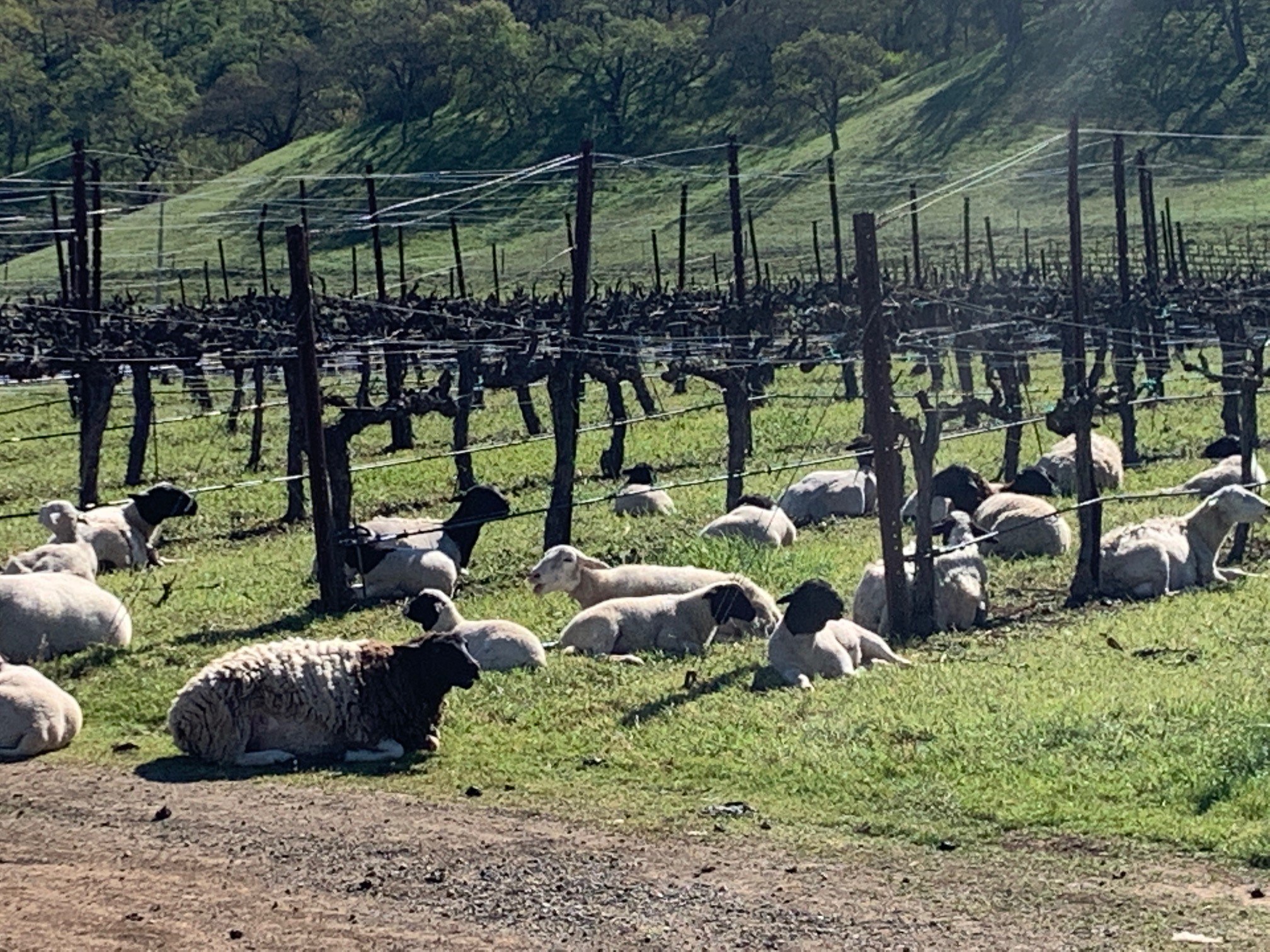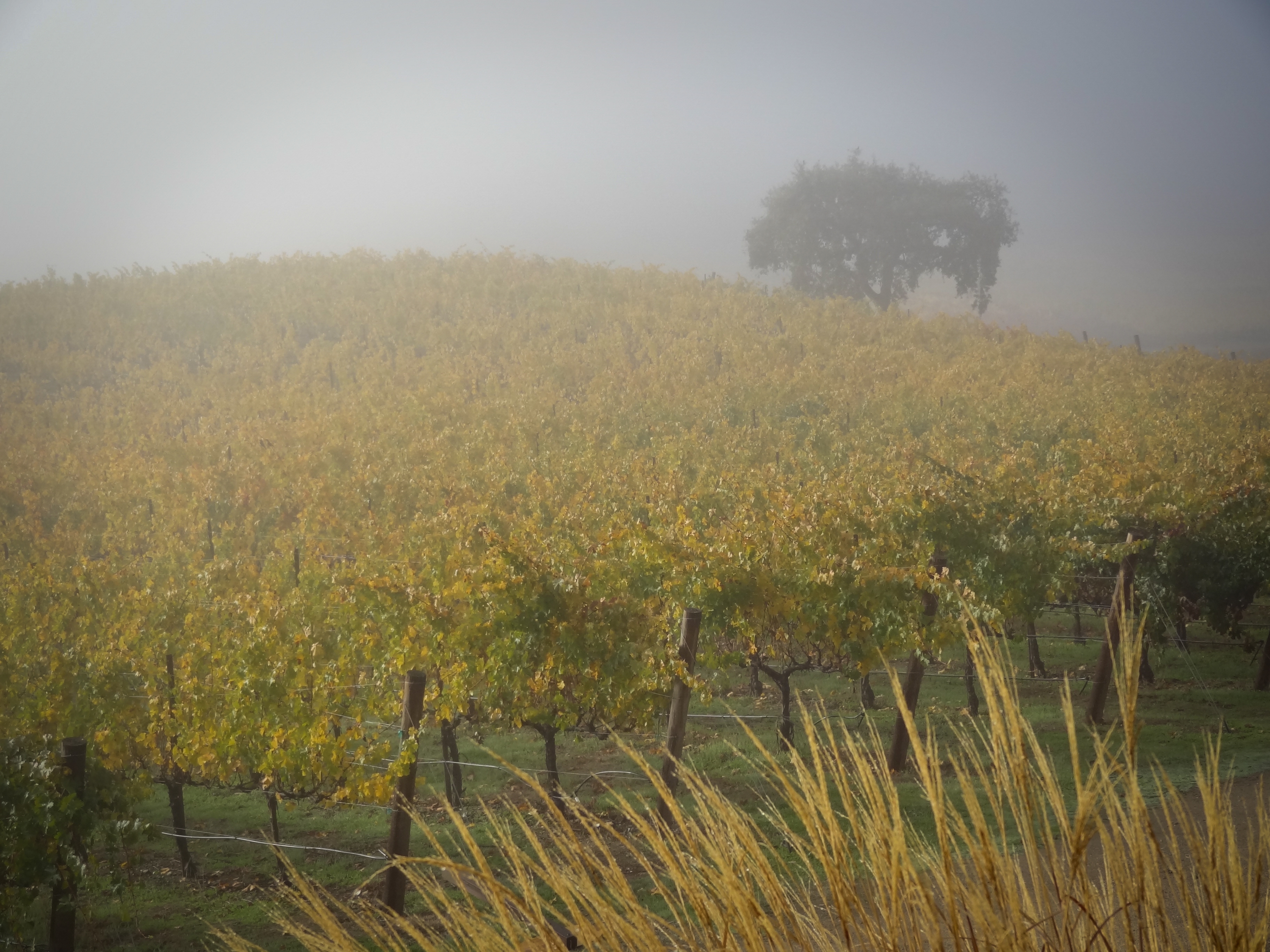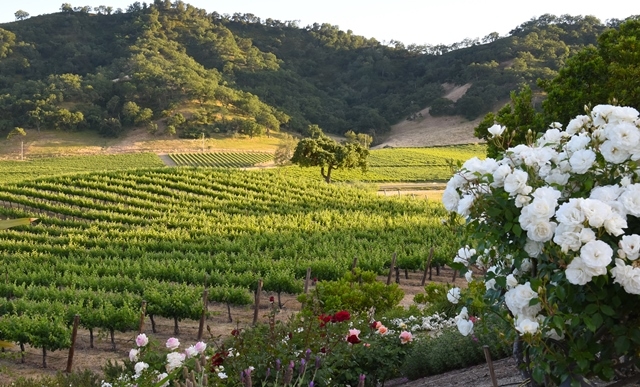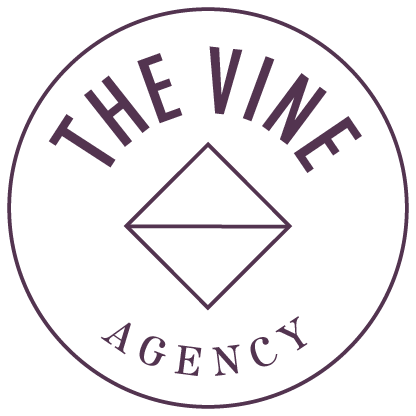CLOS LACHANCE & HAYES VALLEY, Santa Clara Valley
Clos LaChance began as a hobby and a passion in 1987, when Bill & Brenda Murphy planted ¾ acre of chardonnay at their home in Saratoga, just southwest of the San Jose city-centre. Their first commercial release – 200 cases – was in 1992, and within a few years, Bill was ready to retire from his position with Hewlett-Packard, relocate the winery to a unique microclimate 30 miles southeast in the Hayes Valley (a short drive east from the top of Monterey Bay), and establish a winery and vineyard that would become a multi-generational project.
Today, Clos LaChance produces wines from their 150-acre estate located in the Santa Clara AVA as well as the nearby Santa Cruz mountains. A multitude of micro-climates allows Jason Robideaux, VP of Winemaking and Viticulture, the opportunity to produce wines that truly embody the terroir best suited for each variety. Cabernet Sauvignon takes centre stage but beautifully crafted wines from varieties such as chardonnay, viognier, carignane, grenache and others round out the portfolio.
The Santa Clara Valley is claimed by some to be the first premium winegrowing region in California, based around Mission Santa Clara in the 18th century. By 1828, what is now known as Hayes Valley, adjacent to the historic town of San Martin, was planted with over 500 acres of vineyards and orchards. Unfortunately, the vineyards succumbed to prohibition. Today, the valley is a truly enchanting location, studded with native oak trees and surrounded by rolling hills covered with vineyards. The region is an ideal climate for growing grapes, with cool, foggy nights followed by warm, sunny days.
Bill and Brenda run the estate with the help of their daughter, Kristin, and together they’re committed to being stewards of the land: as a family-owned and operated winery, it is vitally important to maintain the long-term viability of the land for future generations. Some of the practices and investments that Bill and Brenda have made include:
- Natural Biological Control (putting up raptor roosts throughout the vineyard to encourage the momentum of the natural food chain)
- Building Healthy Soils (using a variety of cover crops to protect and enhance the productivity of the soil)
- Recycling Natural Resources (all water required for production of the wines is recycled to a series of onsite reclamation ponds)
- Enhancing Surrounding Wildlife Habitat (the enhanced wetlands are now home to several birds, animals and even the endangered Tiger Salamander)
- Education and Community Outreach
- Building for the Future (Winemaker, Jason Robideaux, sits on the Sustainability Committee at the Wine Institute and plans to take a leadership role in developing standards and approvals for US wineries in regard to sustainability)
The winery and estate vineyards are Certified Sustainable by the California Sustainable Winegrowing Alliance, as are the wines for both Clos LaChance and Hayes Valley. And all these wines are vegan-friendly.
Hayes Valley is also the ‘second label’ of Clos LaChance, launched in 2011 and made with grapes that are primarily estate-grown, complemented by fruit from growers of top pedigree. These wines score high on the price-quality-pleasure barometer. Additionally, Bill and Brenda have continued to add brands to their portfolio, 22 Pirates being the most noteworthy.



